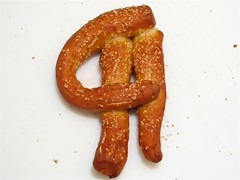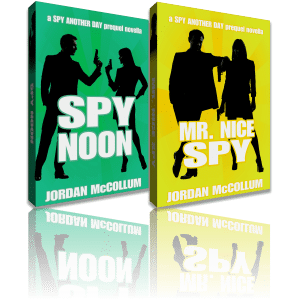Part of the reason why paragraphing is so tough is that there aren’t as many rules governing it—but then, that leaves it open for us to play with paragraphs to great effect. Paragraphing can affect meaning and pace. It’s a powerful tool that I, for one, want to learn to wield better.
One way I’ve found I try to use paragraphs to better effect is to write a paragraph of a character reasoning something out, then break to give the conclusion:
Maria shook her head. Jimmy couldn’t have stolen the diamonds. It wasn’t possible. But the passer-by was talking to the policeman, so they were both innocent. The heiress was in the kitchen, flirting with the maitre d’. And Constantina was returning a book to the public library.
That only left Jimmy.
Note that we still organize paragraphs around the same topic. Here, this set of paragraphs are all about Maria ferreting out the suspect in the case of the missing diamonds. The first paragraph, especially, is organized  around a central theme. It could even have a topic sentence: “Maria sorted through the possible suspects.”
around a central theme. It could even have a topic sentence: “Maria sorted through the possible suspects.”
And like in nonfiction, there’s a logical progression and coherence among the paragraphs. Here Maria (rather quickly) goes through an actual logical theorem of sorts, persuading herself from the emotional denial (“Jimmy can’t have done this”) to what she knows must be true (oh, but he did).
In reality, I’d break up that first paragraph between “It wasn’t possible.” and “But the passer-by . . .” Which is the exact kind of thing that made me want to write this post: why do we paragraph the way we do? I think in this example, I want to change paragraphs because she’s almost “changing sides” in her mental argument: “A is true” versus “But A cannot be true.”
I could see an argument for breaking there and then joining “That only left Jimmy” to that paragraph, too. It seems to come down to how dramatic we want that conclusion to be. (And I have a sneaking fear I’m an overdramatic paragrapher!)
What do you think? How does art play into paragraphing? How does “art” play in to your paragraphing?
Photo by Windell H. Oskay, www.evilmadscientist.com
